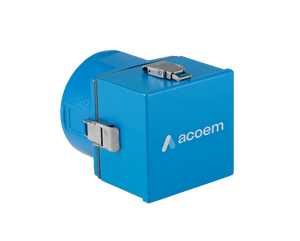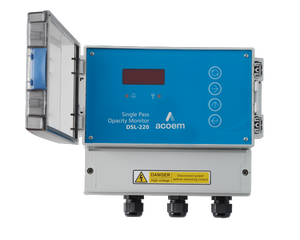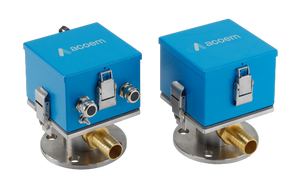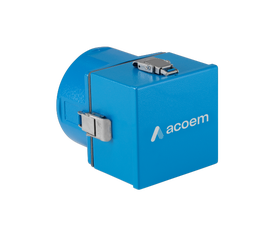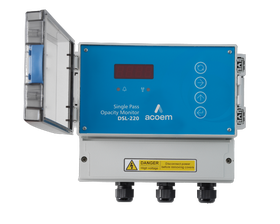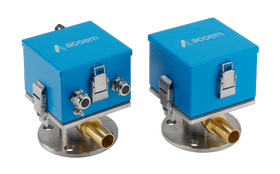
Opacity monitors


Our continuous opacity monitoring equipment range
We offer three different continuous opacity monitors to suit various conditions and budgets:
- Acoem DSL 320 — Double pass monitor that measures the visible opacity of exhaust gas passing through a duct, stack or flue from an industrial process or air filtration system
- Acoem DSL 220 — Single pass monitor that measures the visible opacity of exhaust gas passing through a duct, stack or flue from an industrial process or air filtration system
- Acoem DSL 460 — Double pass opacity monitor for measuring the visual opacity and/or concentration of dust and particulate emissions

See it in action
Learn more or schedule a demo.
Would you like to...?






